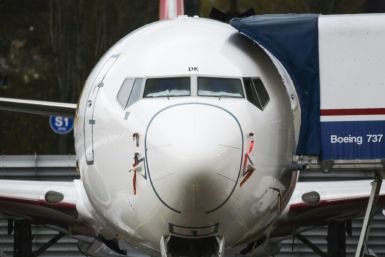Microsoft could bypass network carriers to rollout Windows 10 Mobile updates: Report

Mobile network carriers and OEMs across the globe have not streamlined the software and security updates rollout process yet. Because of this, many device owners go through the never-ending wait for the OTA updates to reach their handsets. However, Microsoft has apparently devised a solution to fix this problem and hence, the Windows 10 Mobile updates will be rolled out to compatible Lumia devices without much delay.
In general, software update roll out routine takes place in phases. For instance, Microsoft first creates a new build for the Windows Mobile 8.1 OS. This is followed by submitting the build to the mobile carrier for testing and approval. Carriers usually test the new builds so as to make sure the devices do not face any issues under its networks.
However, there are instances where the firmware builds have introduced critical issues like “battery drain and call drops,” right after applying the new builds. In such cases, the builds will not be rolled out to public. However, this firmware testing and roll out cycle consumes a lot of time. There are several cases where the same cycle has taken up to a couple of months to push the firmware.
In order to solve this complex problem, Microsoft has apparently decided to blackbox the “radio stack.” The nomenclature “blackboxing” translates to concealing the complexities, scor in some cases, hiding the internal working of the module to the outsider. The module radio stack is reportedly “responsible for communicating with mobile networks,” according to Neowin.
In general, a carrier should ideally evaluate and approve the “updates that touch the radio stack,” while the rest of the components should be under the purview of OEMs, Windows Central noted. Upon blackboxing the module, carriers will test the new builds only if there is any change to the radio stack. It goes without saying that, by implementing this fix, the turnaround time will improve.
In any case, OEMs still have to wait for the final approval from the carriers. Windows Central explained this better by saying -- “With Windows 10 Mobile, once the phone is approved for the network by the carrier, Microsoft can keep rolling out 'patch' updates to the OS and not get permission each time.”
What do you think of this new approach? Feel free to leave a comment.
Contact the writer at feedback@ibtimes.com.au or let us know what you think below.






